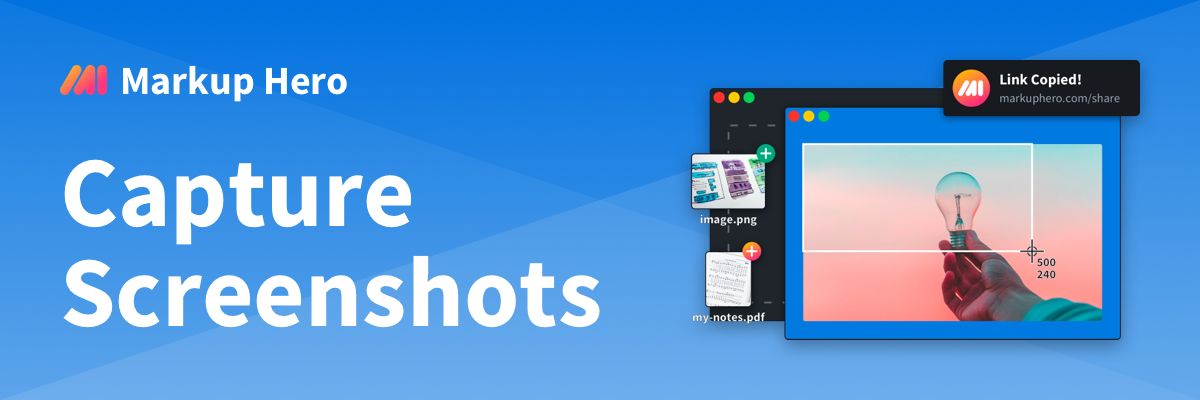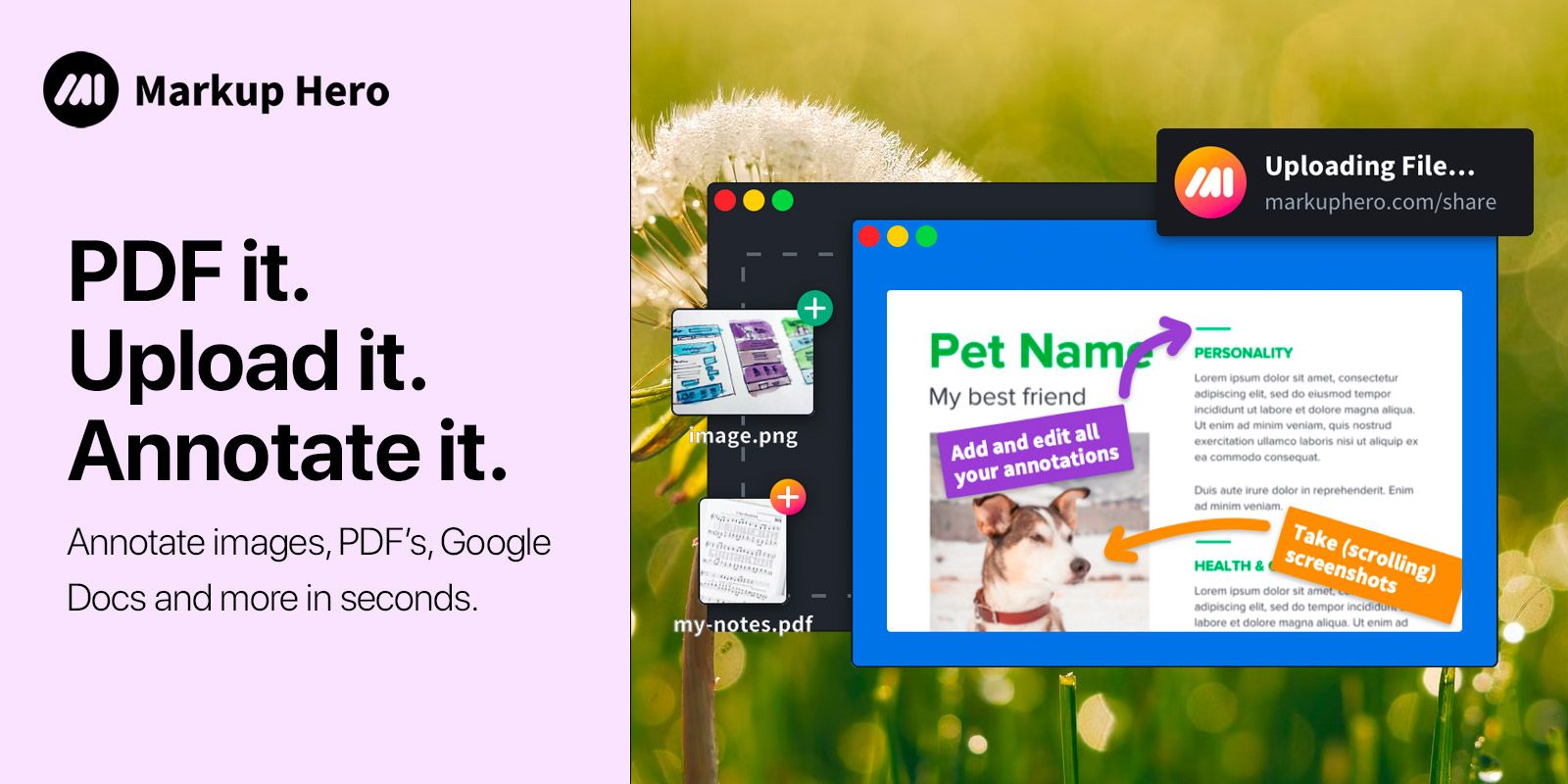So you've decided to build your startup in stealth mode? So how do you find early adopters who are willing to try your product, pay you for your product, and provide you with critical feedback.
What is a Stealth Startup?
A stealth startup is a company working and developing a new product while being under the radar and disregarding formal announcements.
It’s a common myth that stealth startups don’t have customers. In most cases, they do. However, a stealth startup will typically prioritize building an early and loyal user base that perfectly matches their buyer persona over running large user acquisition campaigns. This prevents the idea of the product from getting into the hands of too many people, but still allows the company to learn about their target audience and get feedback on their product.
Those early adopters can provide feedback to the startup, which can be incorporated into the product and roadmap.
Why Build a Stealth Startup?
A stealth startup can seem counterintuitive: why would you hide your idea and company from the world?
In reality, there are some key benefits to choosing the stealth startup business model. Here they are:
#1 – Gain Market Share Before Launching Your Product
The first main benefit is that you can build a customer base before launch.
This means you won’t be subject to competitors trying to steal your customers, and you avoid relying on out-spending the competition on paid advertising just to get noticed.
You can build your brand, acquire loyal customers, and even generate revenue before even announcing to the world that your product is live.

#2 – Build Stronger Customer Relationships
When you’re out of stealth mode, collecting customer feedback is hard. Customers discover your brand and expect to use your product in exchange for payment, but don’t feel the need to provide feedback.
One pro of operating in stealth mode is that it gives you a good reason to have open lines of communication with early customers.
When you’re having early conversations with prospective customers, you’ll let them know that you’re building your product in stealth mode, and in exchange for early access, you need their feedback to improve your product. You could set up your communication WhatsApp chatbot from this stage on to get in contact with your customers.
Most will be happy to provide feedback, which in turn will boost their loyalty to your brand and they’ll feel like you’re building your product exclusively for them.
#3 – Avoid Having Proprietary Technology Stolen
If your startup is innovating in a space with existing competitors and legacy products, there’s a high chance you’ll be copied. Building a stealth startup is a powerful way to avoid sharing too much information with competitors before your product is established as a serious contender in your market.
You’ll work with your customers to build the best version of your product before creating your complete go-to-market strategy. When you’re ready to launch, your product will speak for itself, and it’ll be easy to get new users and customers.
It's a tricky balance–keeping your idea under wraps and getting it in front of the right customers.
How to Acquire Customers
If you are going the stealth startup route, let's run through four key strategies to stay low-key and get users to give it a go.
#1 - Use Cold Email to Reach Key Decision-Makers
The first method that stealth startups can use to engage with new potential customers is cold email.
Cold email is the process of reaching out to cold but highly qualified prospects with a personalized email. You just need to collect accurate email addresses of your prospects and send out a copy that grabs their attention.
Why Cold Email Works for Startups
Cold email is ideal for acquiring new users for a stealth startup because it’s completely personal. You also have complete control over who you reach out to, ensuring the only people who hear from you are a perfect fit for your startup. Make sure your emails are well designed, but also simple.
As well as that, you can tailor your pitch to every individual recipient.
- Know someone who would benefit from a particular feature? You can mention that in your email.
- Have a mutual connection with someone? You can bring that up to build rapport.
- Saw someone’s company mentioned in the news? Mention that connection in order to prove you’ve done your research on them.
Being personalized doesn’t stop you from scaling your cold outreach either. It’s possible to send personalized cold emails at scale with a cold email tool like QuickMail to ensure you’re staying productive.
If your prospect doesn’t reply, you can use your cold email tool to follow up automatically with them. Considering QuickMail data shows that 55% of replies to cold outreach come from a follow-up, it’s a key part of seeing results.
When someone does reply and is interested in learning more, you can easily continue the conversation over email or take it to a call.
#2 – Use LinkedIn Outreach to Engage with Social Proof
LinkedIn outreach is similar to cold email. First, you build a target list of qualified prospects who you think would be interested in learning more about your stealth startup.

Then, you reach out to them one by one via InMail or a regular LinkedIn message to start a conversation and learn more about their needs.
Why LinkedIn Outreach Works for Startups
LinkedIn outreach is effective because it’s personal. When someone receives a personalized message, they’ll know it’s unique to them and acknowledge that you’ve put in real effort into reaching out to them.
As well as that, 4 out of 5 people say they use LinkedIn to drive business decisions.
If you can connect and engage with decision-makers, you help guide them and show them why using your product is a good business decision.
An extra bonus to using LinkedIn is that you get to tap into the platform’s social proof. When your prospect looks at your profile, they’ll be able to see your previous experience, improving their trust in your outreach.
If you have mutual connections, they’ll see those too, helping turn your cold outreach into a warm introduction.
By regularly sending LinkedIn outreach campaigns, you’ll be able to generate replies and engagement from your target buyers on a consistent basis. Even if someone doesn’t want to become an early user for your startup, they’ll still be in your network and you can keep them updated by reaching out again in the future.
To run the process smoothly, you’ll need a Sales Navigator account. This gives your LinkedIn account more functionality and increases your messaging limits, making it ideal for your prospecting needs. You can then integrate that with a LinkedIn CRM to keep track of your replies and manage the process.
#3 – Meet Ideal Customers Through Targeted Networking
In the context of your stealth startup, networking involves being in the same places as your ideal customer. For example, if your product is targeted at product managers , you’ll need to try and find in-person or online communities where product managers spend their time.
Wherever it is, you need to join, participate in discussions, and learn from your target audience. If you meet someone that’s interested in learning about your product, you can see if they’d be interested in signing up as an early user to provide feedback and, ideally, become a long-term customer.
Why Networking Works for Startups
Networking is effective for acquiring early customers at startups because it is impossible for an authentic conversation to be faked.
People seeing that you care about each interaction and the added rapport of an in-person meeting over a cold email or LinkedIn message will make it easier for them to say ‘yes’ to any requests or questions you have.
Startup founders often put off networking because it’s not a channel that you can scale. But, if you spend a couple of hours every week engaging in communities where your ideal customers are, it won't be long before you’re having conversations with perfectly qualified prospects and onboarding new users to your tool.
#4 – Make Personal Cold Calls to Individual Prospects
Cold calling is the process of working through a list of prospects and calling each one to learn about their problems and chat about how your startup can help them.
It is highly effective when done right. 82% of buyers say they accept meetings with sellers who proactively reach out with a call, which is why B2B sales teams still rely on it in conjunction with digital channels.
Why Cold Calling Works for Startups
Cold calling works for startups because it’s easy to build a repeatable process. You’ll build your list of prospects, then, work through the list calling each person using a sales dialer or cold call automation tool and have a conversation with everyone who picks up.
If you’ve prepared a personalized call script for each prospect you’ll know the key points and questions to mention in each call that will help you learn about the market and each customer.
It is especially effective for stealth startups because you don’t need to publicize that you’re running a cold call campaign.
You can let your prospects know that you’re reaching out personally and that the company hasn’t officially launched to the world, but you’d like to have them as an early user.
Getting Feedback From Your Early Adopters
Once you’ve acquired a group of early adopters who are regularly using your product, it’s vital that you keep receiving feedback from them.
The easiest way to gather feedback is with a tool like Markup Hero. Your users can take a screenshot of your product, annotate it in seconds, and instantly share a link with you.
If you can build a feedback loop where users are regularly sharing feedback, you and your team can make product updates and ensure your startup is solving the problem you set out to solve initially. The problems you solve refer to users' overall experience on the web. It is integral to conduct analysis using Firebase alternatives to strengthen the user experience.
PRO TIP: Over 25K entrepreneurs and founders rely on Markup Hero to share ideas, gather feedback and collaborate with teams.
Markup Hero is perfect for entrepreneurs, product managers, project managers, designers, customer support agents, executives, sales people and anyone in a collaborative environment. Some of Markup Hero's features include:
- Screenshots, Upload Images, PDF's, URL's
- Always Editable Markups
- Forever History and Tags
- Text, Arrow, Rectangle, Oval, Pen, Colors, Line Thickness, Crop, Resize Canvas
- Insert Images
- Sharable Links
- Copy, Download & Duplicate
- Unlimited markups, unlimited storage, unlimited bandwidth
Markup Hero is only $5/month and you can try it out for free.

Wrapping Up
A stealth startup can be an effective way to run your business as you keep your biggest innovations secret until you’re completely ready to go live. However, even when you’re building your product, you still need to acquire qualified early users who can give you feedback, provide early revenue and validation, and help you build the best business you can.
The strategies we outlined in this guide will all work – and each channel will be best for a different type of business.Test each channel, track your results , and then double down on the channels that work best for your startup.


